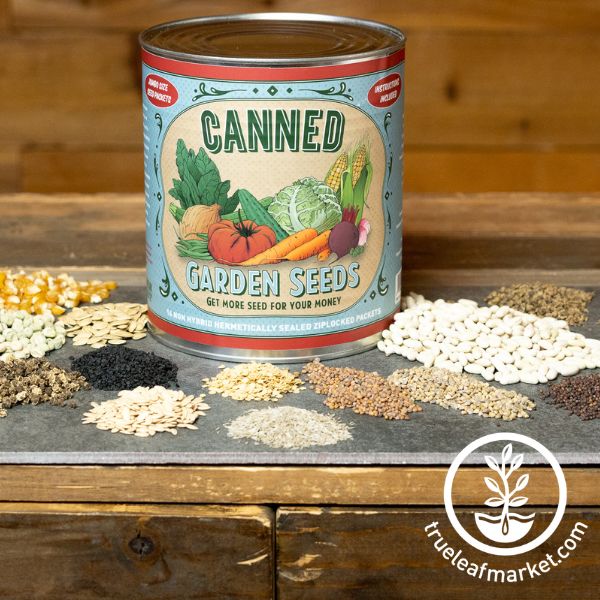Everybody wants to be lucky. We do things all the time to bring luck to ourselves and our friends or families. Things like wearing specific articles of clothing, crossing fingers, wishing on a star, repeating a saying, etc. Athletes often create a ritual or routine that makes them feel “lucky.” Not only is luck associated with actions, but also objects and people. Irish Americans, for example, became especially associated with luck during the gold and silver rush. You can also invite the spirit of luck to your home and garden with the addition of “lucky” plants.
It’s no secret shamrocks and 4-leaf clovers are a symbol of luck. Did you know that on average, one four-leaf clover forms for every 10,000 three-leaf clovers? Those are quite the odds. It is said that gifting a 4-leaf clover to someone doubles your luck. While clover and shamrocks have been associated with the Irish and St. Patricks Day celebrations, many people don’t know why. Shamrocks are another name for three-leaf clovers. The three leaves are symbolic of faith, hope, and love. The additional leaf of a four-leaf clover adds luck to this list. Many religious parallels can be drawn with the number three, calling back to the religious reasons for St. Patrick's Day and Christian practices.
Lucky Plants
Flowers have many meanings as they have been used to convey messages during Victorian times and continue to be used during various celebrations. Some flowers have become symbolic of luck, good fortune, and prosperity. Below you will find 4 of these plants perfect for adding a touch of luck and good fortune to your home garden.
St. Patrick's Day
St. Patrick’s Day is a Christian holiday observing the anniversary of St. Patrick’s death. While this is traditionally a religiously focused celebration, it has come to be widely celebrated around the globe. Celebrations take place on March 17th. As this day falls during the Christian Lent period, it is traditional for Irish families to attend church in the morning and celebrate in the afternoon. Prohibitions on consuming meat would be waived, allowing celebrations to carry on with feasts and drinking. Traditional meals may feature bacon, corned beef, cabbage, and Irish soda bread. These traditions have spread and been added to as the Irish people have immigrated to various parts of the world during the Irish Potato Famine. In the United States, it is especially popular to wear green on this day. Other local traditions can be found around the world celebrating Irish heritage and long-lasting traditions.

Irish dancers in a parade
Irish Gardens
Irish gardens have evolved over the centuries to fulfill different purposes and take on different styles of gardening. Today the hallmark of an Irish garden is the pairing of stone and slate among informally grown flowers and vegetables. These are often used to build walkways, walls, and decorative elements. Their paths are usually meandering as a way to relax and enjoy the view of the informal and natural garden elements. Sculptures are also commonly included, as well as bird baths and a “green man face” representative of growth and rebirth. As for the plants used in an Irish garden, both flowers and vegetables play an important role. Below you will find some traditional vegetables included in Irish foods, as well as an assortment of flowers.
Plants For An Irish Garden:
- Moss
- Bells of Ireland
- Blue Flax
- Poppy
- Foxglove
- Honeysuckle
- Yarrow
- Roman Chamomile
- Shamrock (Clover)
Irish Vegetable Gardens
Growing a home vegetable garden is extremely common throughout Ireland, and for good reason. They use it and enjoy the time spent working in it. Unlike many American gardens, it is common for the home to be surrounded by a garden landscape. Freshly harvested vegetables and herbs are regularly used in everyday cooking, or are preserved for the coming seasons. Growing plants for food and harvesting have always been at the center of Irish gardening. The Great Irish Potato Famine of 1845-1852 led to a greater push for gardens to be used around the world. Irish immigrants moved after widespread blight lead to crop failures throughout Europe, but especially in Ireland.
Instances such as this have taught us the importance of growing a variety of crops to maintain a sustainable food source. Pests usually affect plants differently, allowing the unaffected plant types to continue thriving. Because instances of food insecurity can’t always be predicted, we recommend keeping an emergency supply of heirloom seeds. It is also good to keep rotational food storage, such as fermented foods. You wouldn’t want to be stuck in trying times without a food source.























0 comments
No comments yet! Be the first to start a conversation.